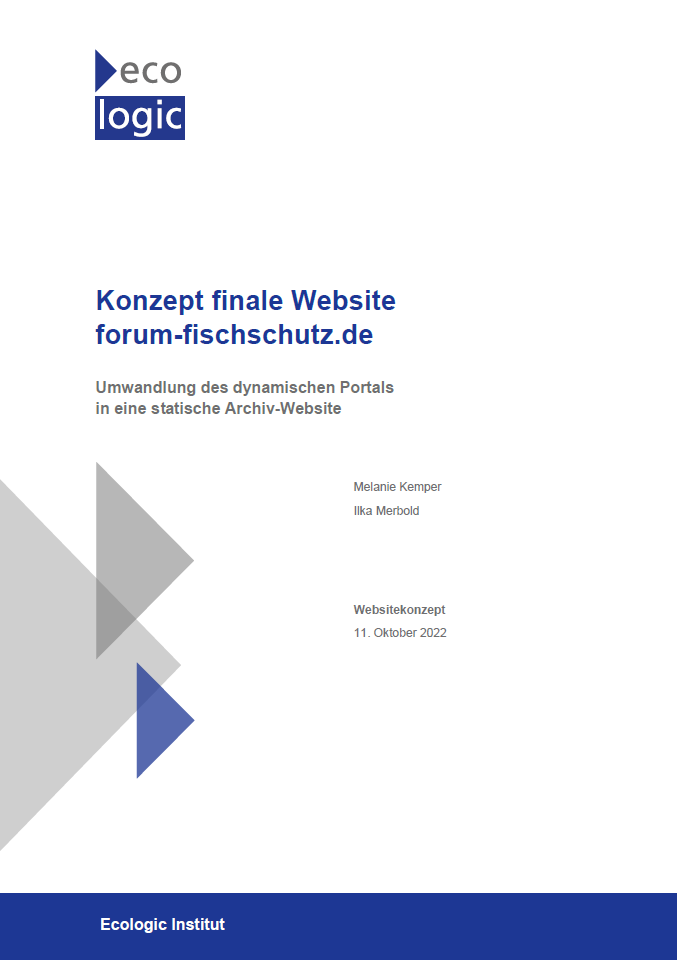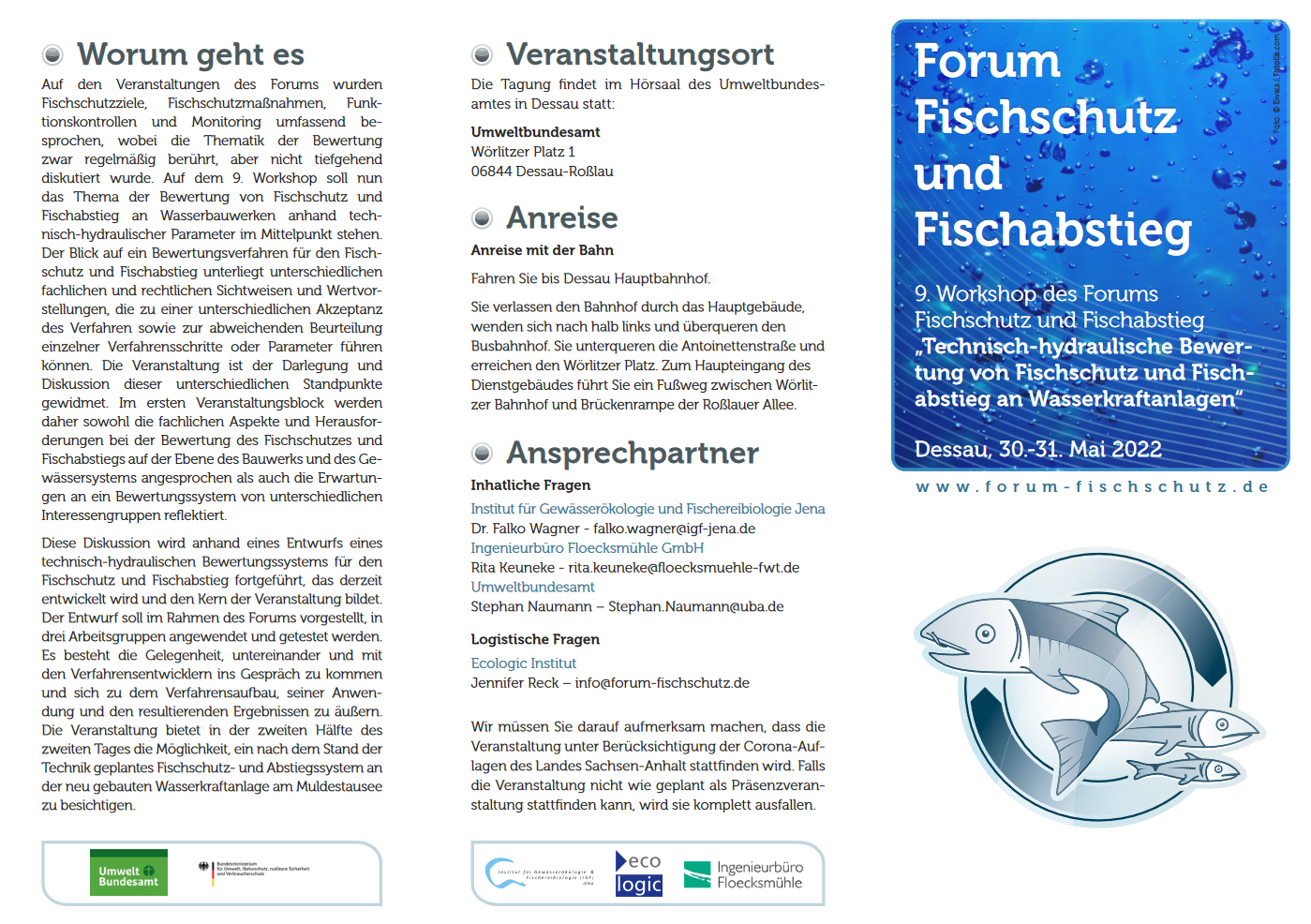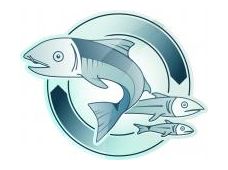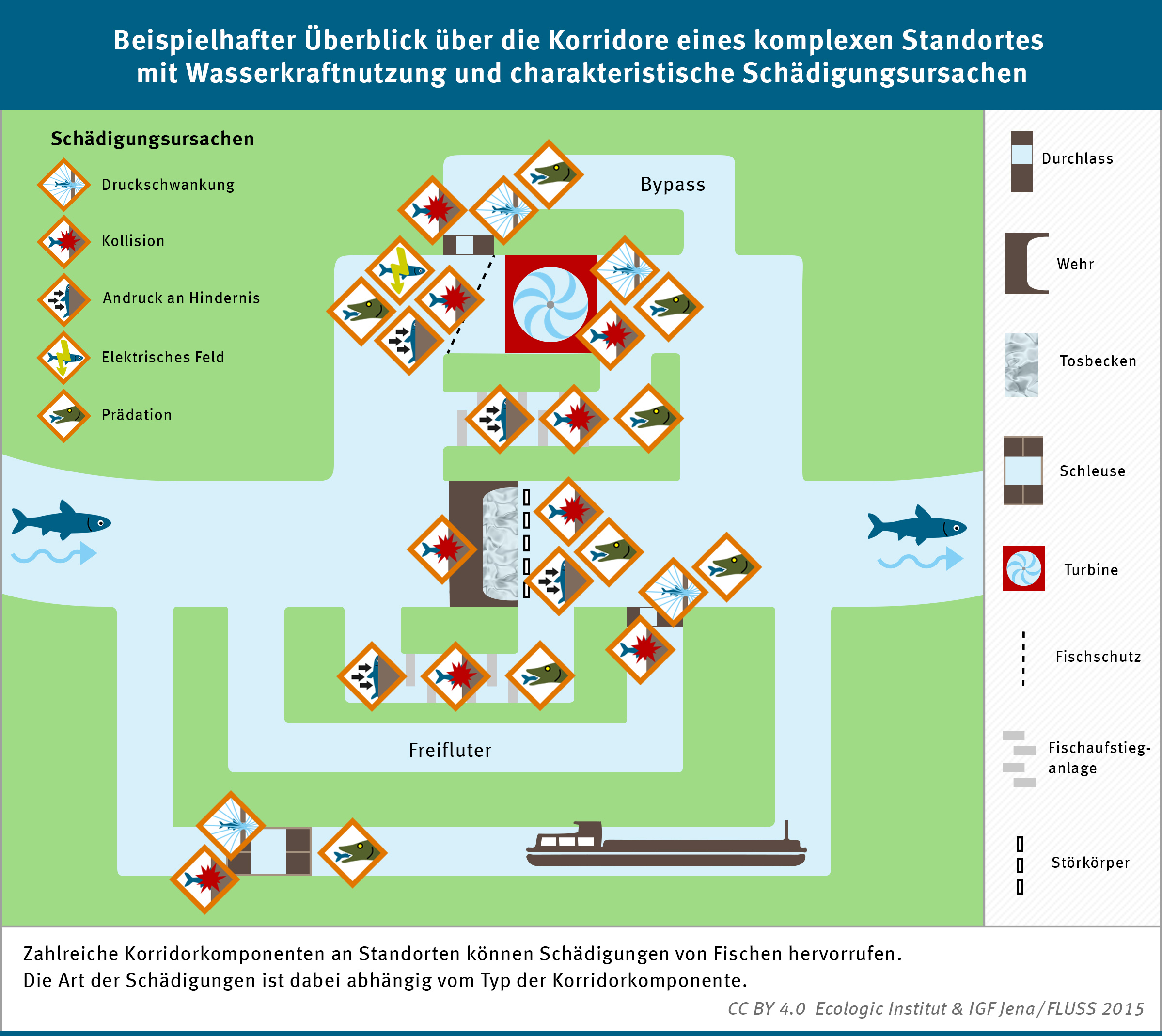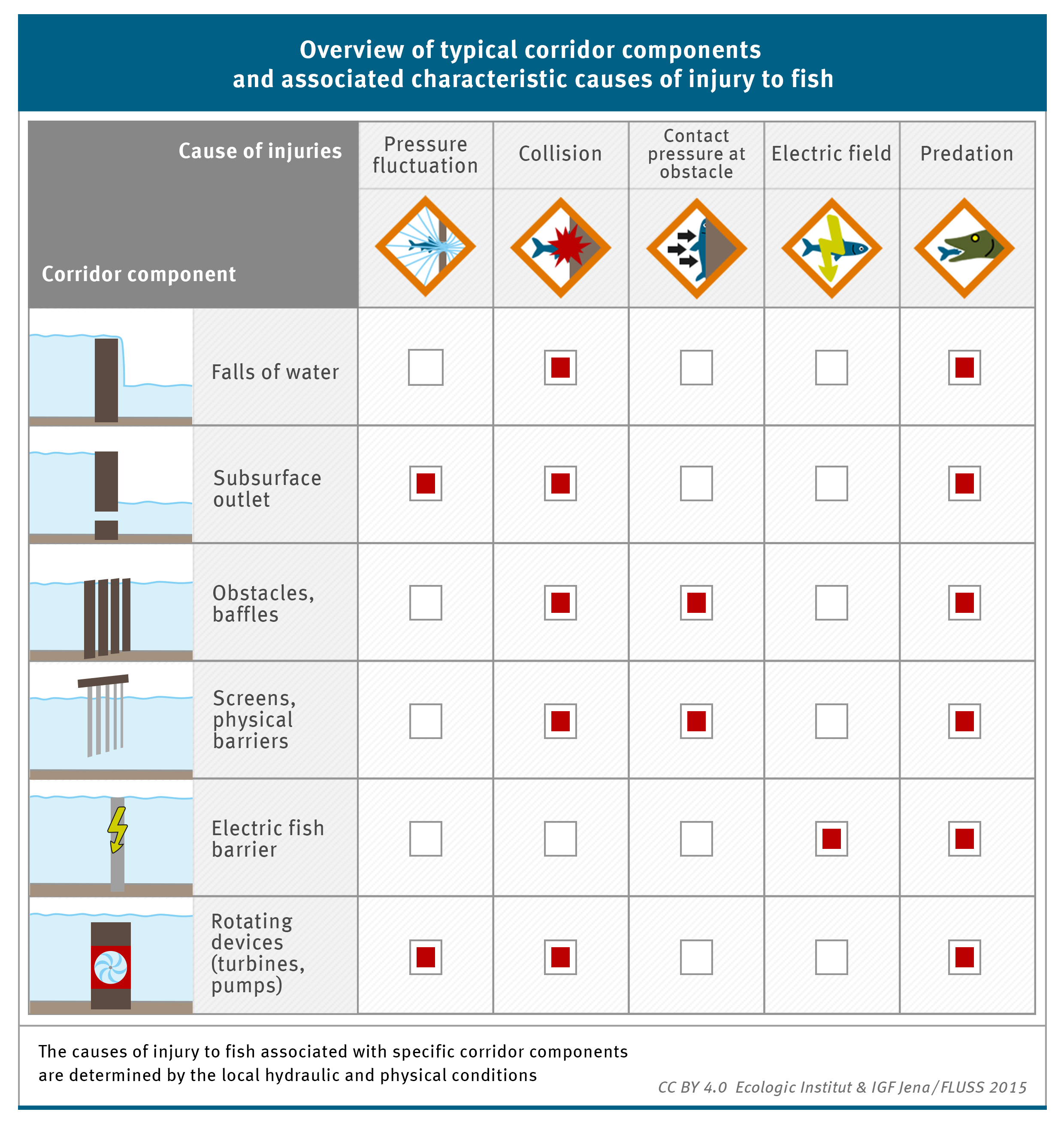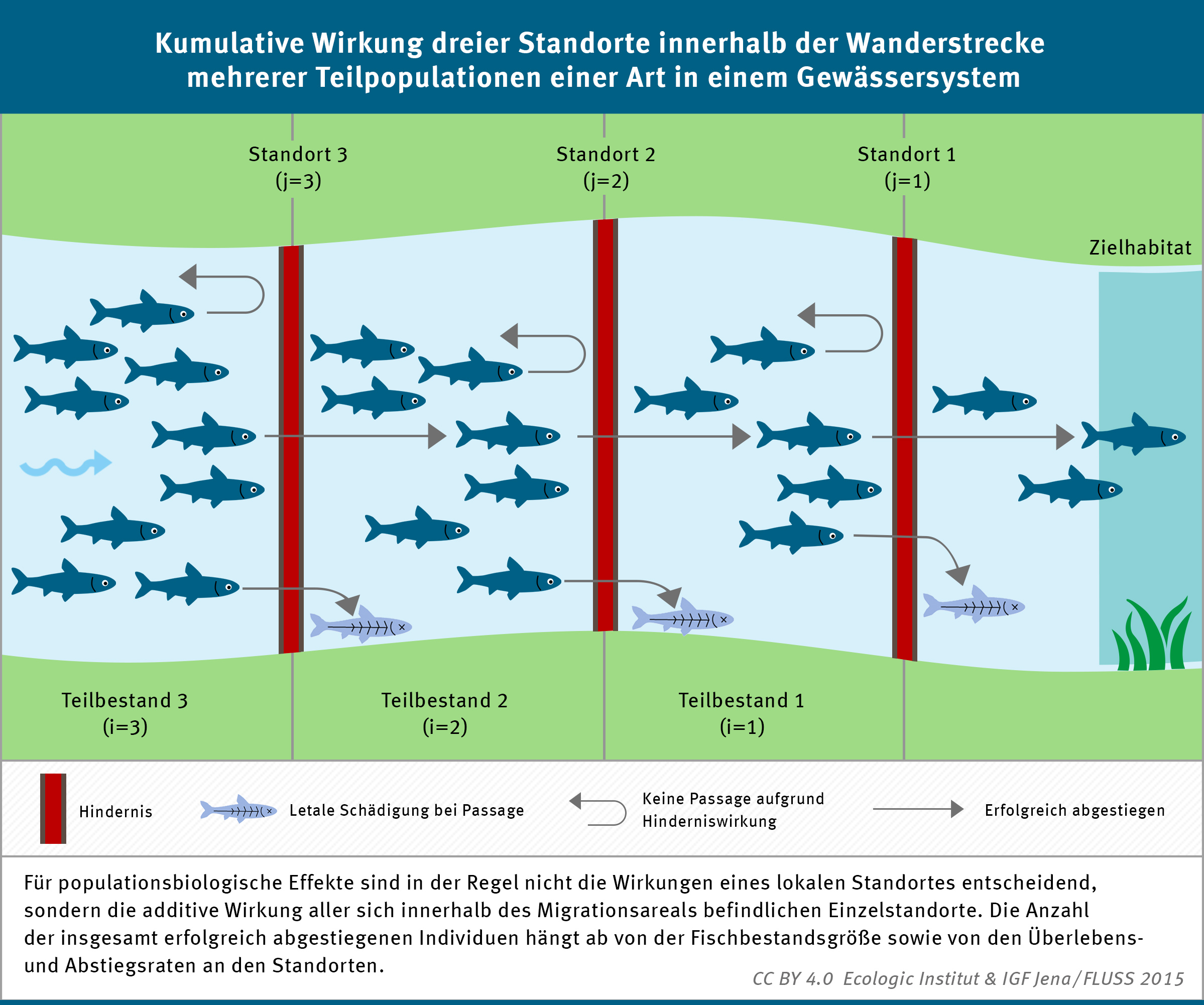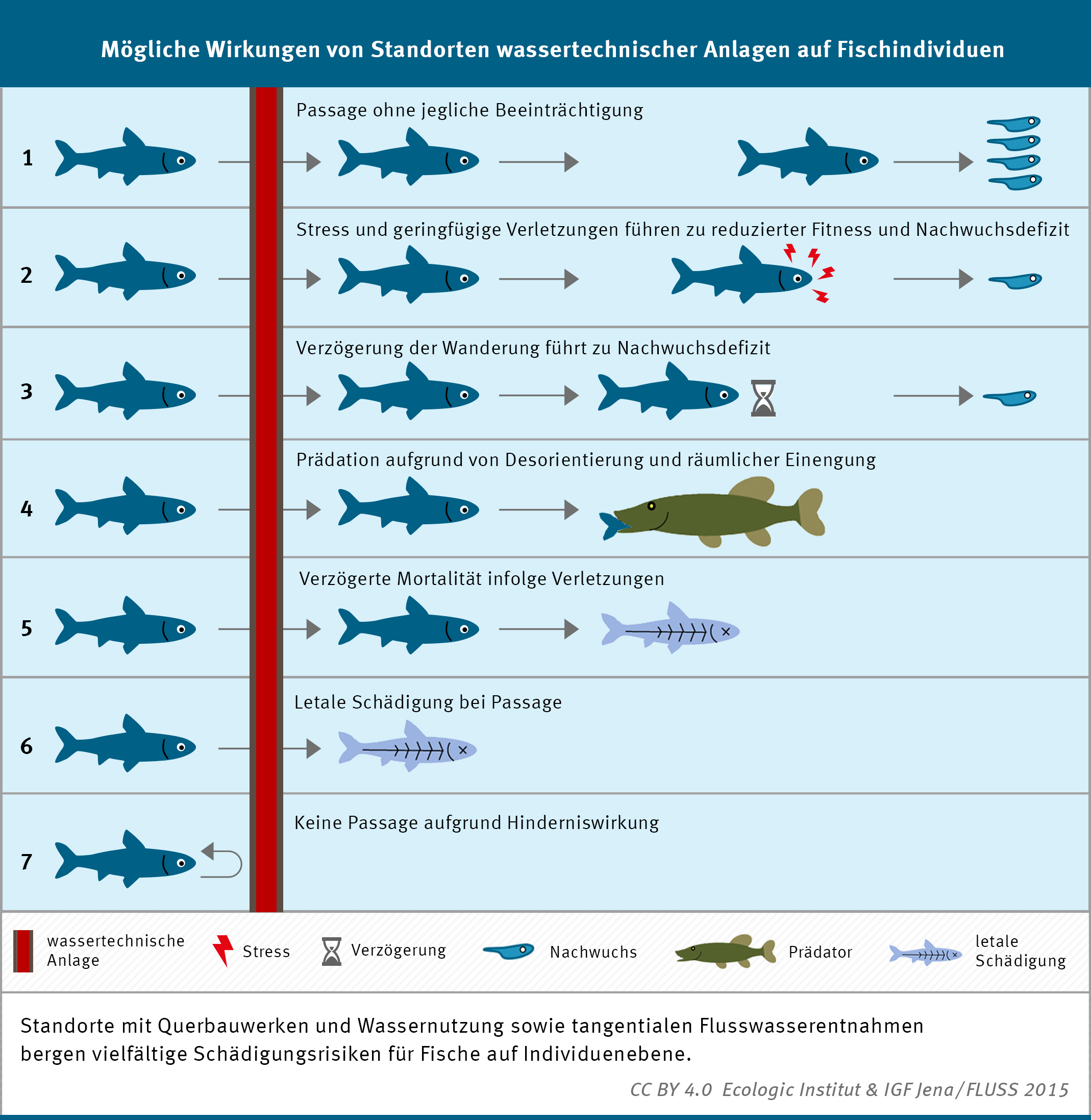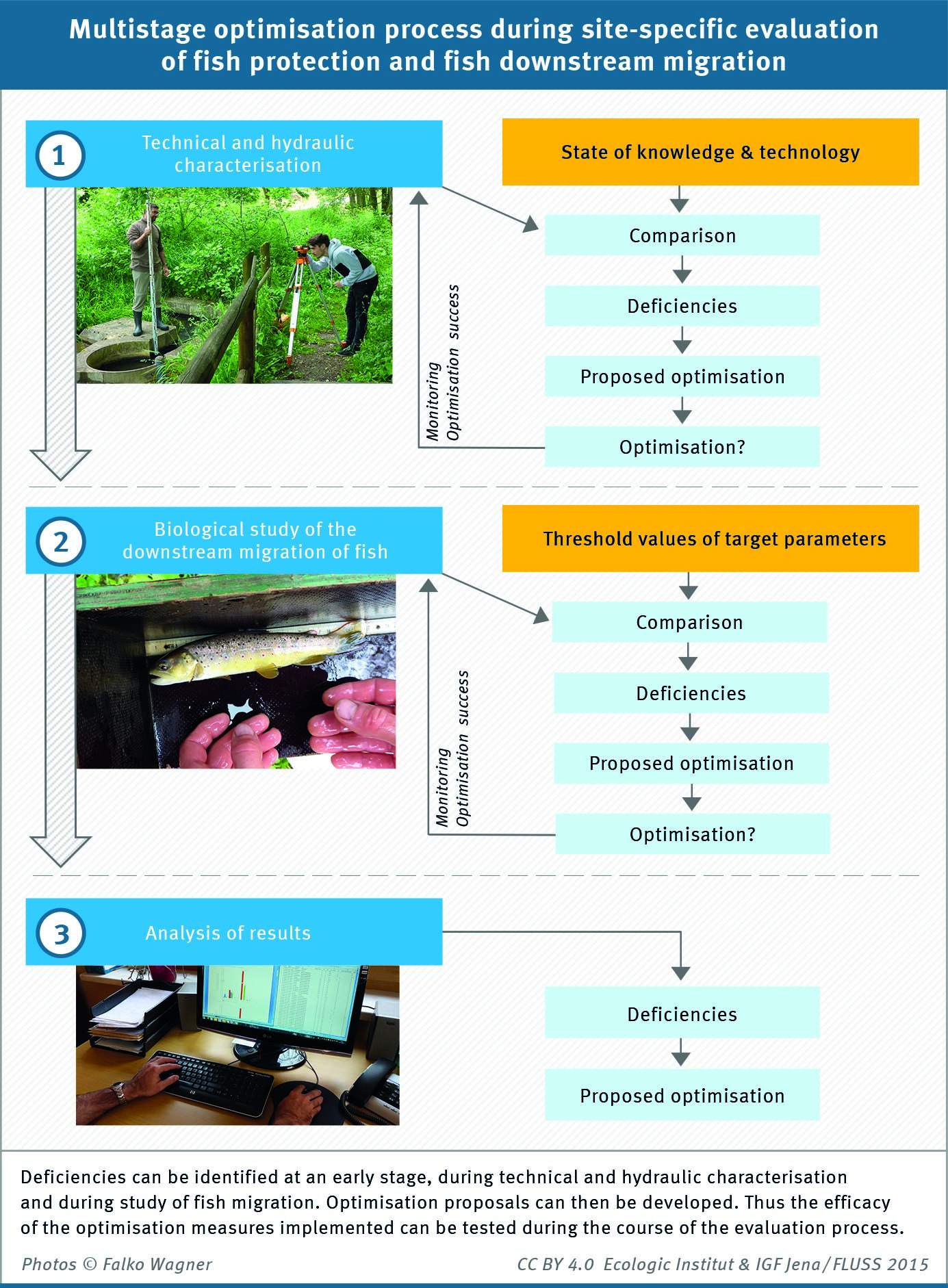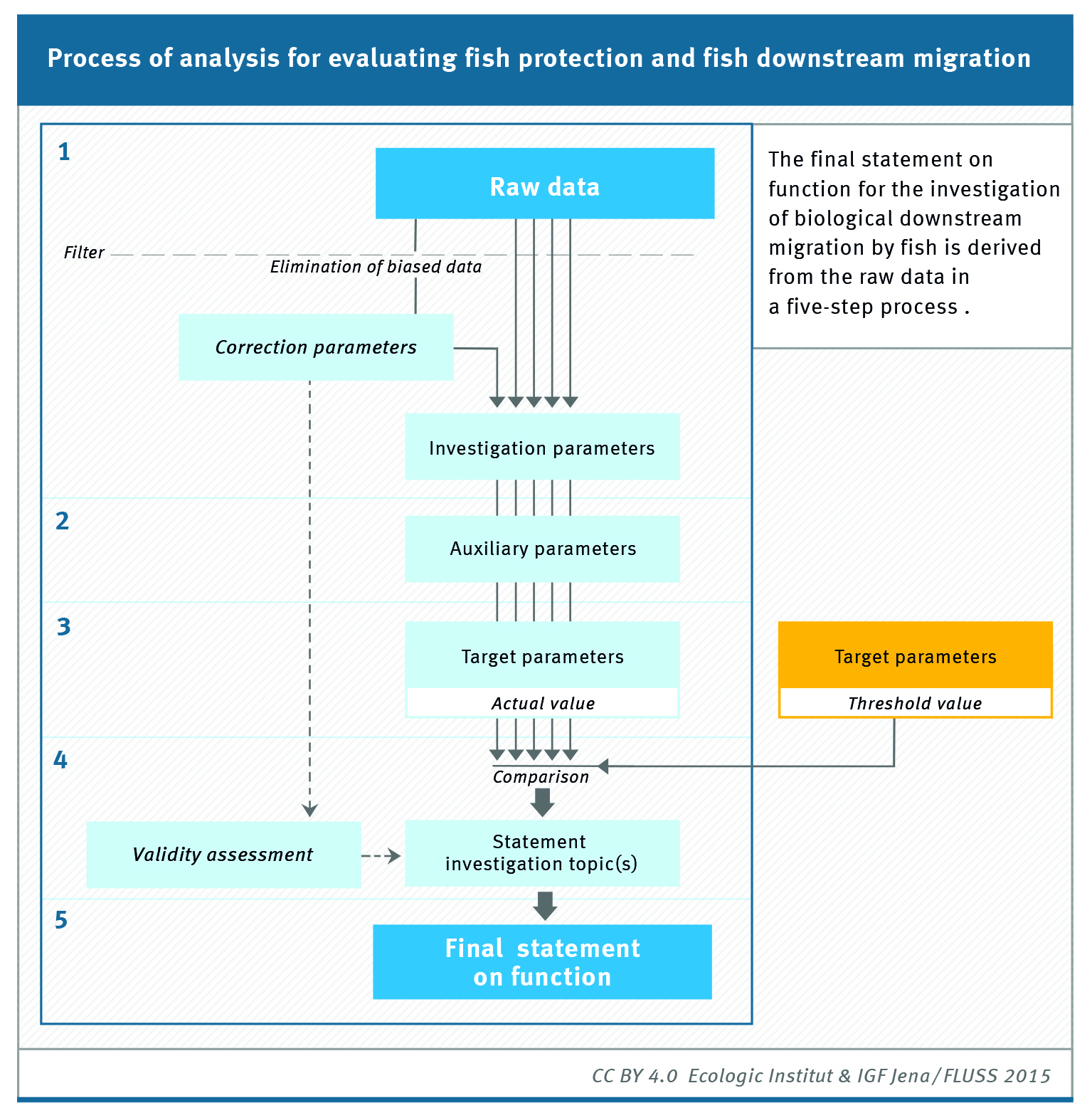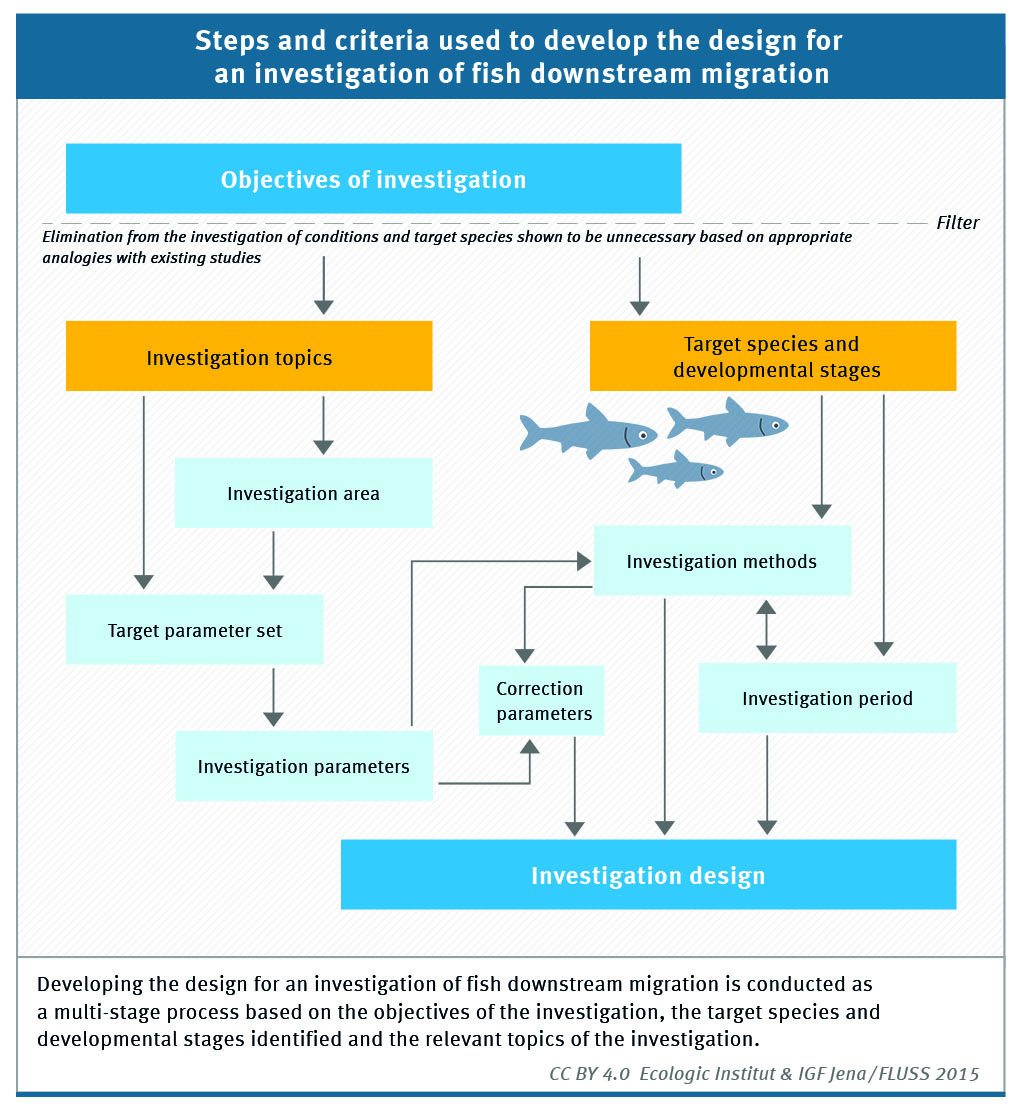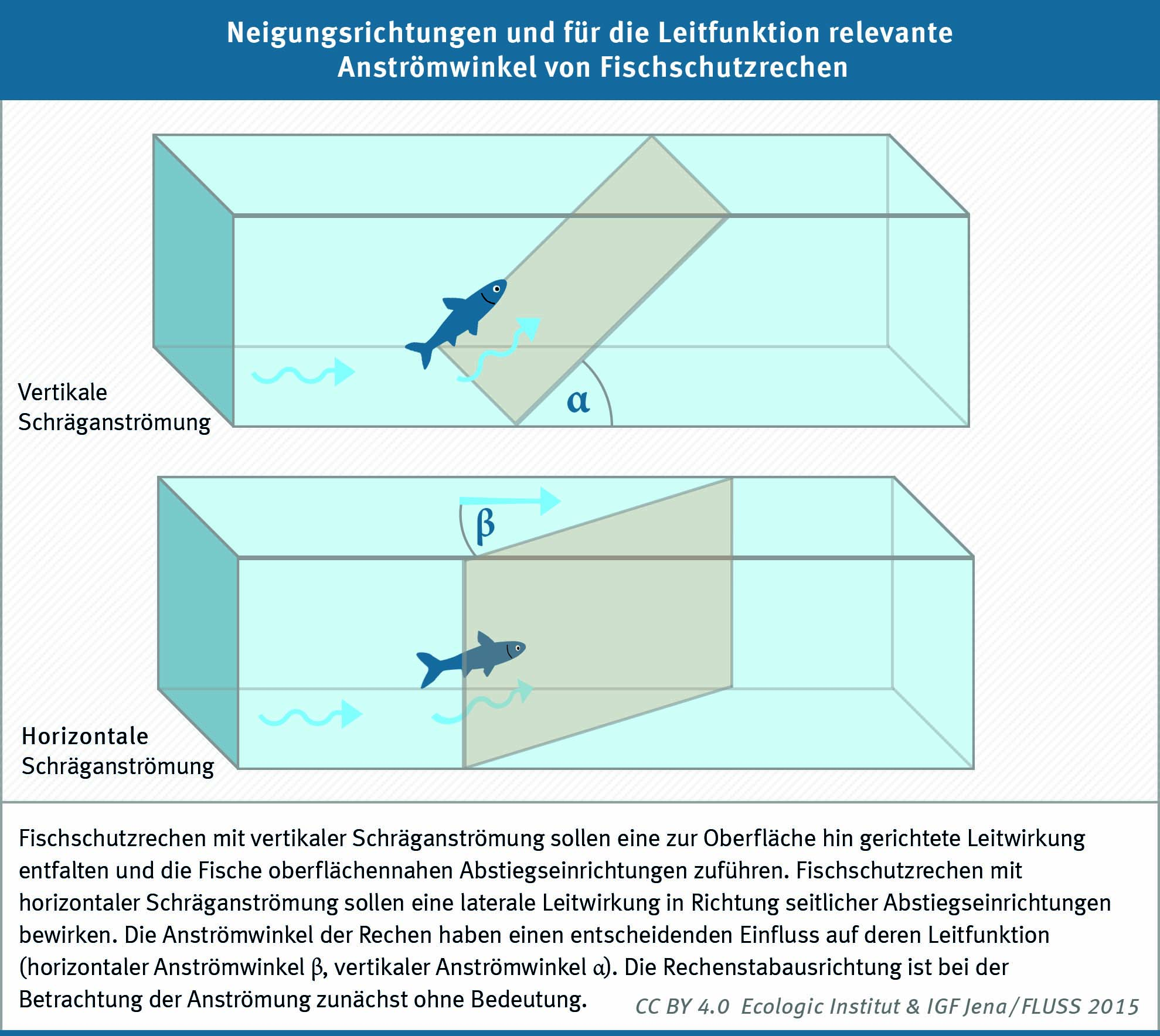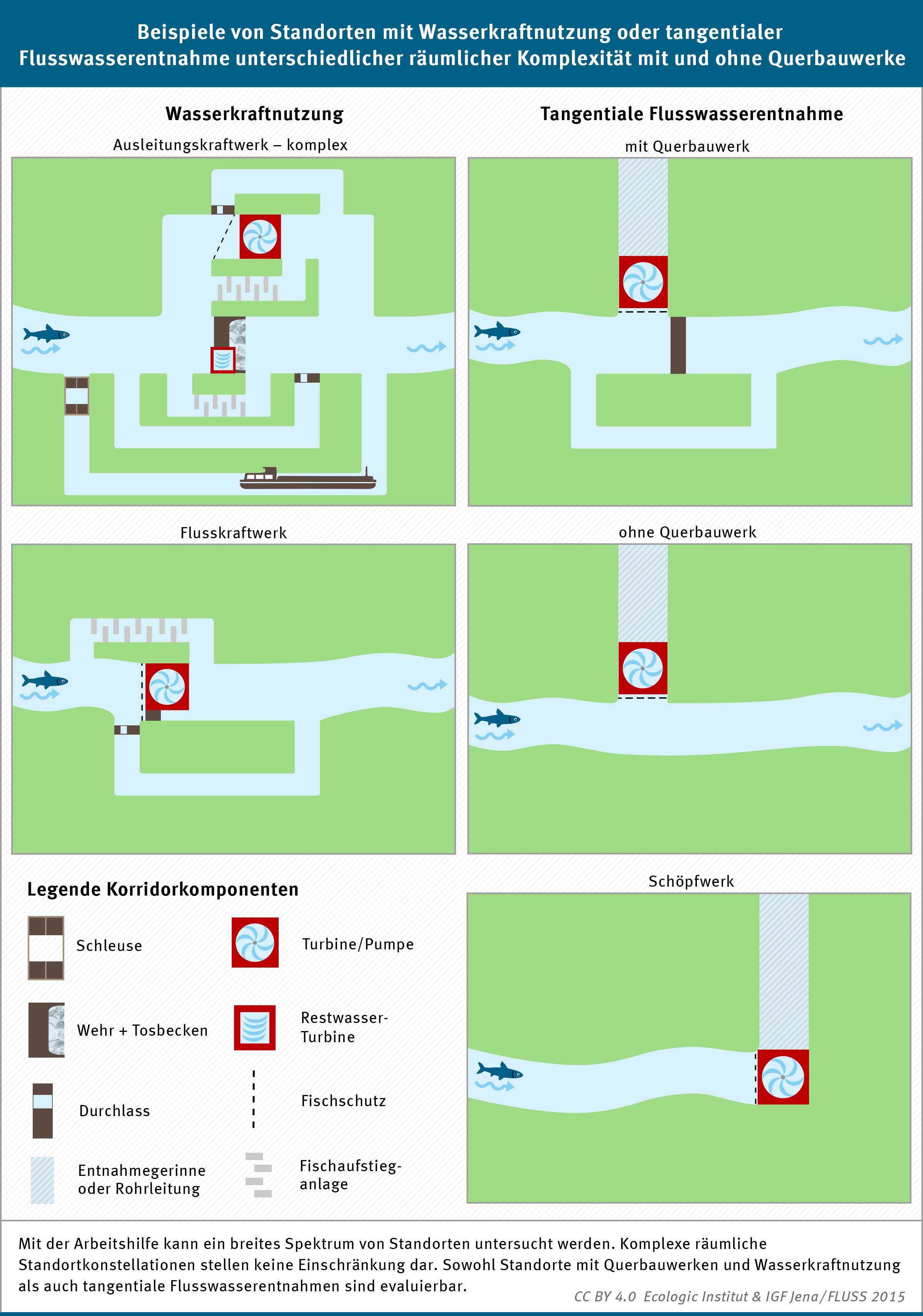Publication:Report
Related content for project "First Cycle of the German Participatory Forum on Fish Protection and Downstream Migration" (project ID 2378)
Publication:Report
Konzept finale Website forum-fischschutz.de
Umwandlung des dynamischen Portals in eine statische Archiv-Website
Year
Read morePublication:Flyer
9. Workshop des Forums Fischschutz und Fischabstieg
Technisch-hydraulische Bewertung von Fischschutz und Fischabstieg an Wasserkraftanlagen
Year
Read moreEvent:Workshop
Project
Project
Publication:Infographic
Publication:Infographic
Publication:Infographic
Publication:Infographic
Publication:Infographic
Publication:Infographic
Publication:Infographic
Publication:Infographic
Publication:Infographic

